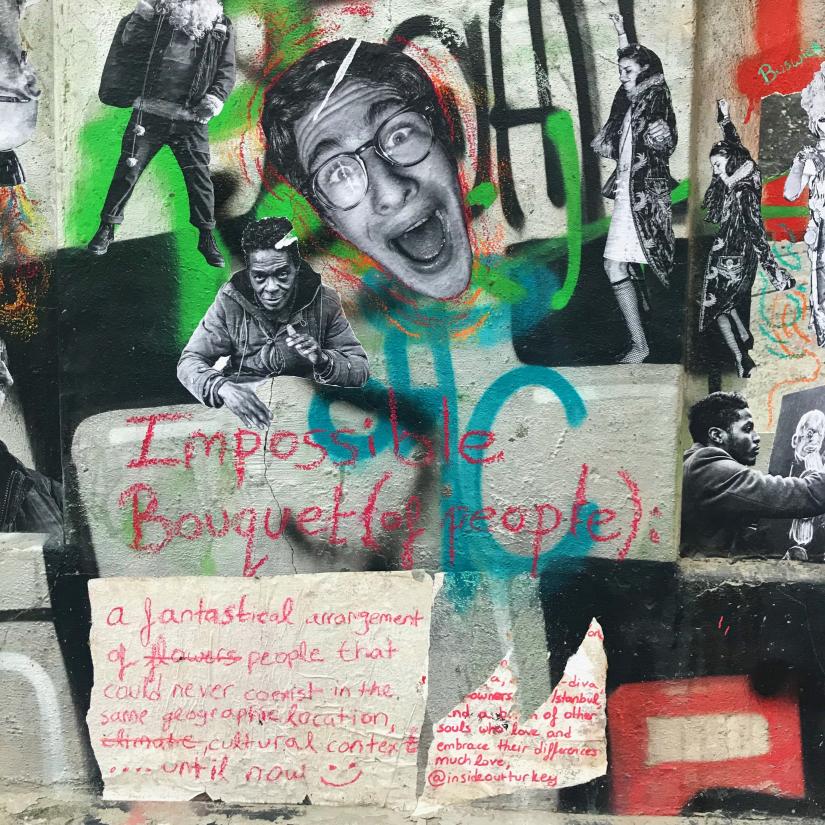
CMT PhD researcher Tim Koskie explores the ways comments are presented and received differently overseas, with an eye to how South Korea’s distinct approaches could provide a (limited) balm to the media ailments exacerbated by Covid-19 and its economic crises.
Comments have been a widespread accompaniment to our online news articles now for decades. And yet, unlike social media or online video streaming, we are still out to sea as to whether or not we like them or even if they are here to stay. However, a look over the sea suggests that there is room for comments to play a bigger role.
Whether for facts or fun, many of us do read these comments extensively – even in lieu of the articles they accompany. They are included with select articles on a majority of Australia’s top online news websites.
Looking deeper, though, there is some clear reluctance to adopting onsite news comments or making them available on a broad scale. The ABC, which has Australia’s currently most widely viewed news site, quietly closed down the Drum, the section of their site that offered commenting opportunities, in 2016, and top broadcasters like 7News and nine.com.au have not shown an interest in taking them up. Where they are available, such as at the Guardian or on news.com.au, they are not open on a majority of articles.
Why this reluctance? It is likely due to a combination of Australia’s particular mix of media regulations and business models, cultural attitudes, and because comments can simply be awful.
However, this does not reflect the potential comments present. Comment researchers have found that these comments can bring value to our media. They bring new interpretations, they bring reader engagement, and they bring new voices. A look at one of Australia’s top trading partners and global cultural juggernaut South Korea reveals just how big of a role comments can play in a media ecosystem.
In South Korea, comments are everywhere. Distinct from Australia, most Koreans view their news on portal websites like naver.com and daum.net, which play a key role as news aggregators on top of their range of other services. However, whether on the portal or the news website, Koreans often get access to a little box at the end of the page where they can leave their musings or sort through the often thousands of comments already present. These comments are not casually dismissed, either – manipulating their ranking or flooding the discussions can lead to a massive scandal that is thought to make or break national elections.
This elevated status of comments is not an accident but rather an overt and carefully considered strategy. Comment counts are listed right next to headlines on the news home page. Links at the top of articles skip the story and drop you into the discussion below, which you can sort by age or ‘recommended’ – a curated list of highlighted comments. Signs flag where comments have been reorganised to promote media diversity or malicious comments have been purged. Overall, comments are a vibrant space and the subject of significant discussion.
What makes Australia’s and South Korea’s comment sections so distinct? Well, a few things. An easily visible one is that Australia has stricter media laws and has even ruled that news organisations can be liable for the defamation, which adds a clear disincentive for news organisations thinking about hosting comments. On the other hand, Naver.com and daum.net offer a multitude of services beyond the news – from real estate to shoe shopping – which makes the increased reader engagement offered by news commenting that much more valuable. There is also the issue of news reader attitudes, as citizens in some countries just plain read and write more comments.
However, as we watch our newspapers increasingly closing shop and the journalism we use to deliberate in our democracy get further and further marginalised, it may be time to look outside the box (or over the sea). News comments offer engagement that can contribute to news organisations’ bottom lines and the potential for diversity that can inform our citizenry. It would be worthwhile to look for methods and conditions that can cultivate our comment sections into more useful and popular forums, and examples such as that in South Korea could provide valuable tools to achieve that goal.
Tim Koskie, CMT HDR student


